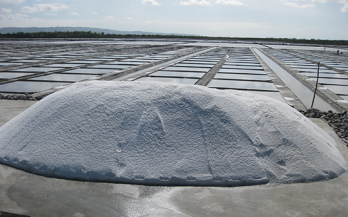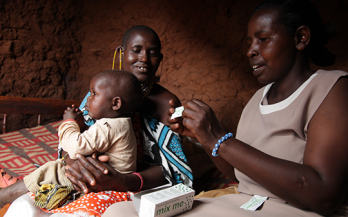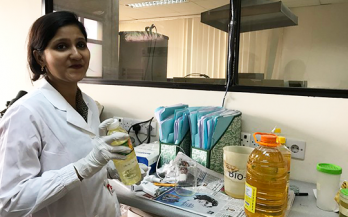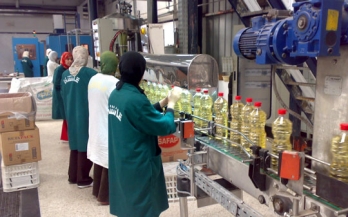This study set out to assess if universal salt iodization provides sufficient dietary iodine to meet the iodine requirements and achieve adequate iodine nutrition in all vulnerable population groups.
The aim of this study was to generate preliminary theories about factors affecting adherence to recommendations with regard to point-of-use fortification of foods with micronutrient powders. This study concluded that in order to achieve programs that support greater adherence, there must be an adoption of a cultural-ecological perspective to inform program design in order to address a broader set of determinants.
This study describes features of the landscape of behaviour change communication practice devoted to infant and young child feeding in low‐ and middle‐income countries by practitioners in international development organizations.
The Global Alliance for Improved Nutrition (GAIN) was established in 2002 with a mandate to galvanize efforts by the public and private sectors to end malnutrition. This paper describes GAIN's evolution from a large-scale food fortification program focus to a broader nutrition program portfolio directed toward improving access and affordability of nutritious foods for the poor.
This work aimed at assessing the combined influence of different factors on vitamin A retention and the oxidative status of wheat flours: storage duration, temperature during storage, relative humidity within storage facilities, type of packaging, and premix composition.
Fortified beverages and supplementary foods, when given during pregnancy, have been shown to have positive effects on preventing maternal anaemia and iron deficiency. The purpose of this paper is to assess how fortified food, when given during pregnancy, has positive effects on preventing maternal anaemia and iron deficiency.
This paper outlines key findings on the perceived effectiveness of regulatory monitoring systems and barriers to compliance against national fortification standards. Findings highlight that regulatory agencies and industry disagree on the value that enforcement mechanisms have in ensuring compliance against standards.
The objective of this study was to validate a newly developed device that quantitatively measures the content of retinyl palmitate in refined palm oil, is simple to use, and yields immediate results for fortification of vitamin A in the oil industry.
Fortification of vegetable oils is a strategy implemented worldwide to prevent Vitamin A deficiency. The objective of this study was to assess vitamin A content in the oil industry.
Unbranded palm cooking oil has been fortified for several years and can be found in the market with different oxidation levels. This study aimed to investigate the stability and shelf life of unbranded, bulk, vitamin A-fortified palm oils with the most commonly observed oxidation levels in Indonesia.










